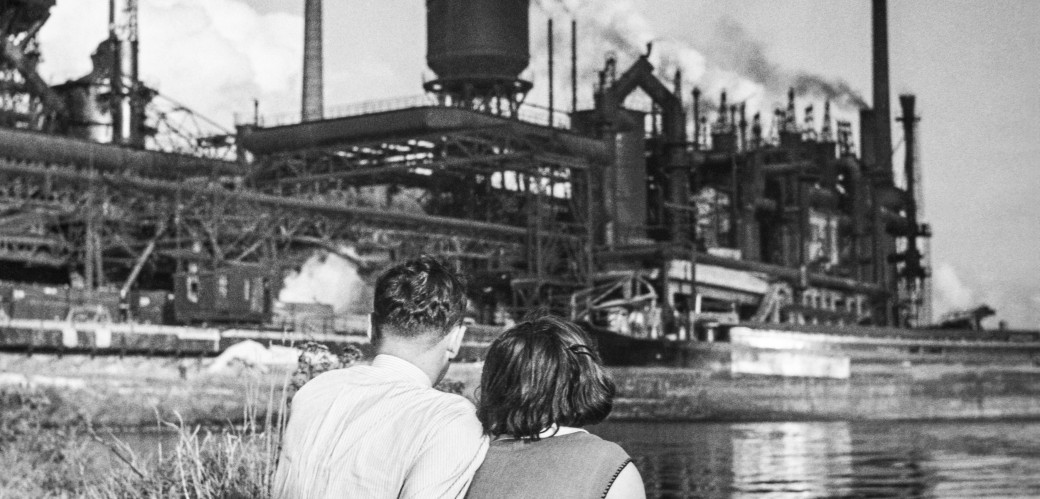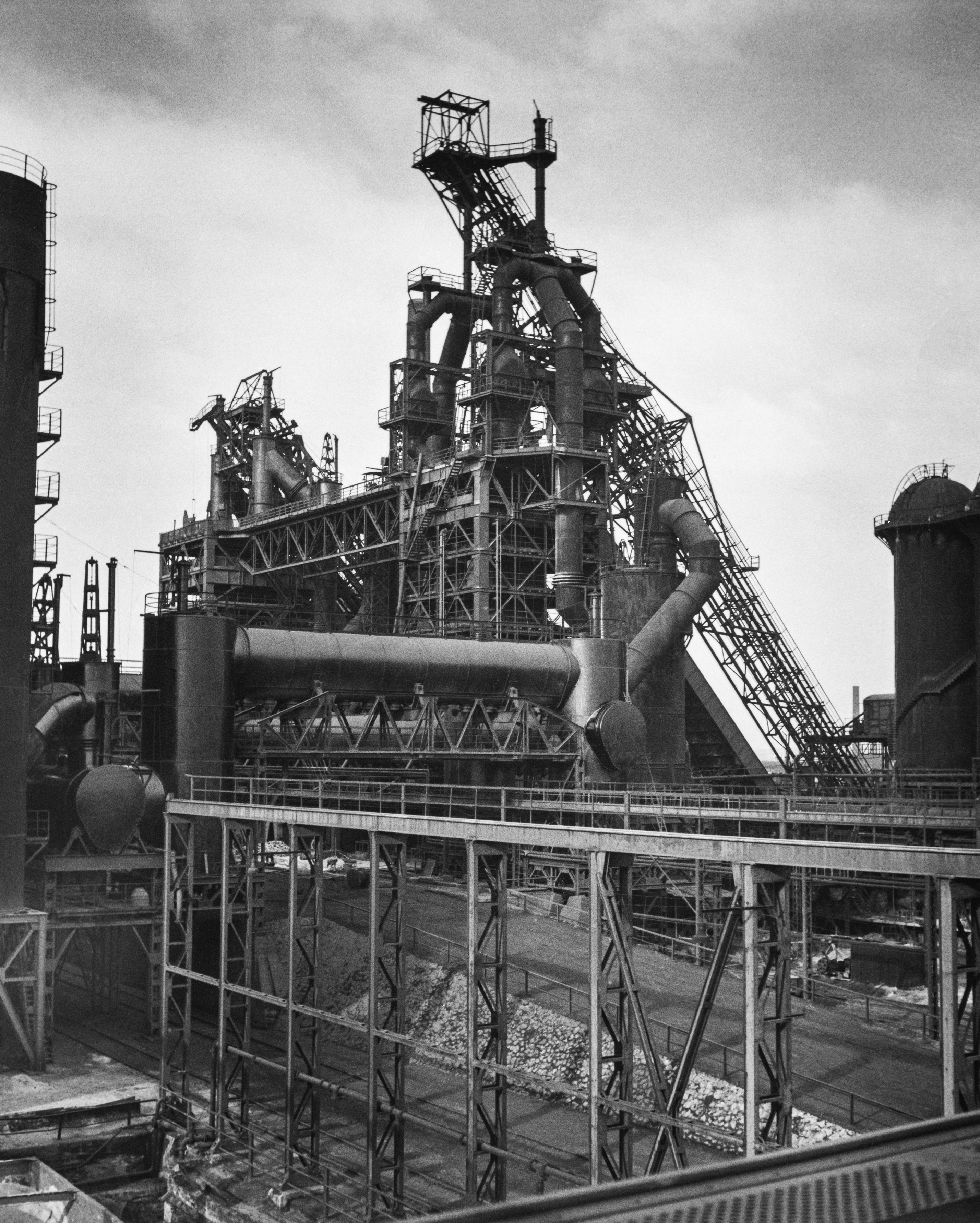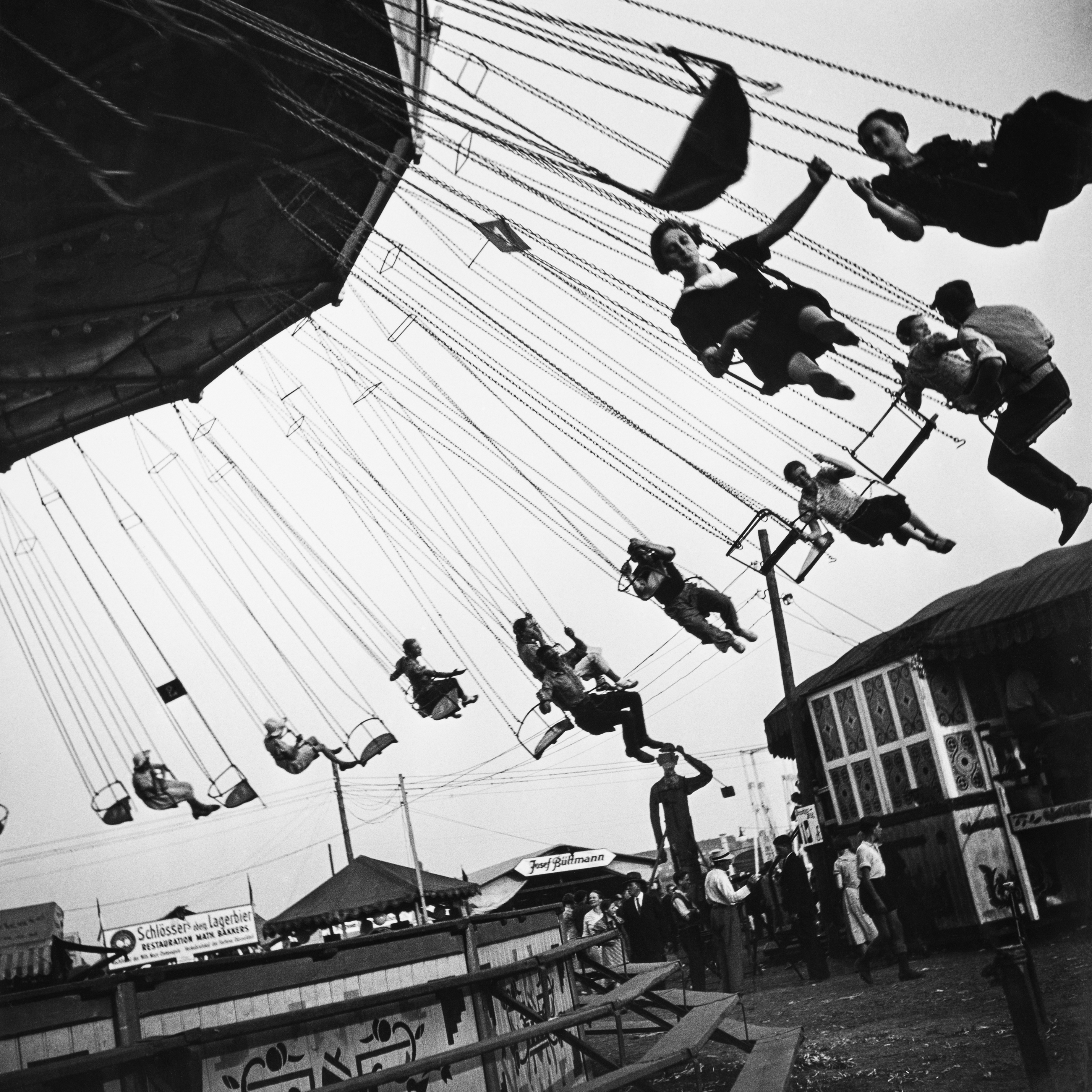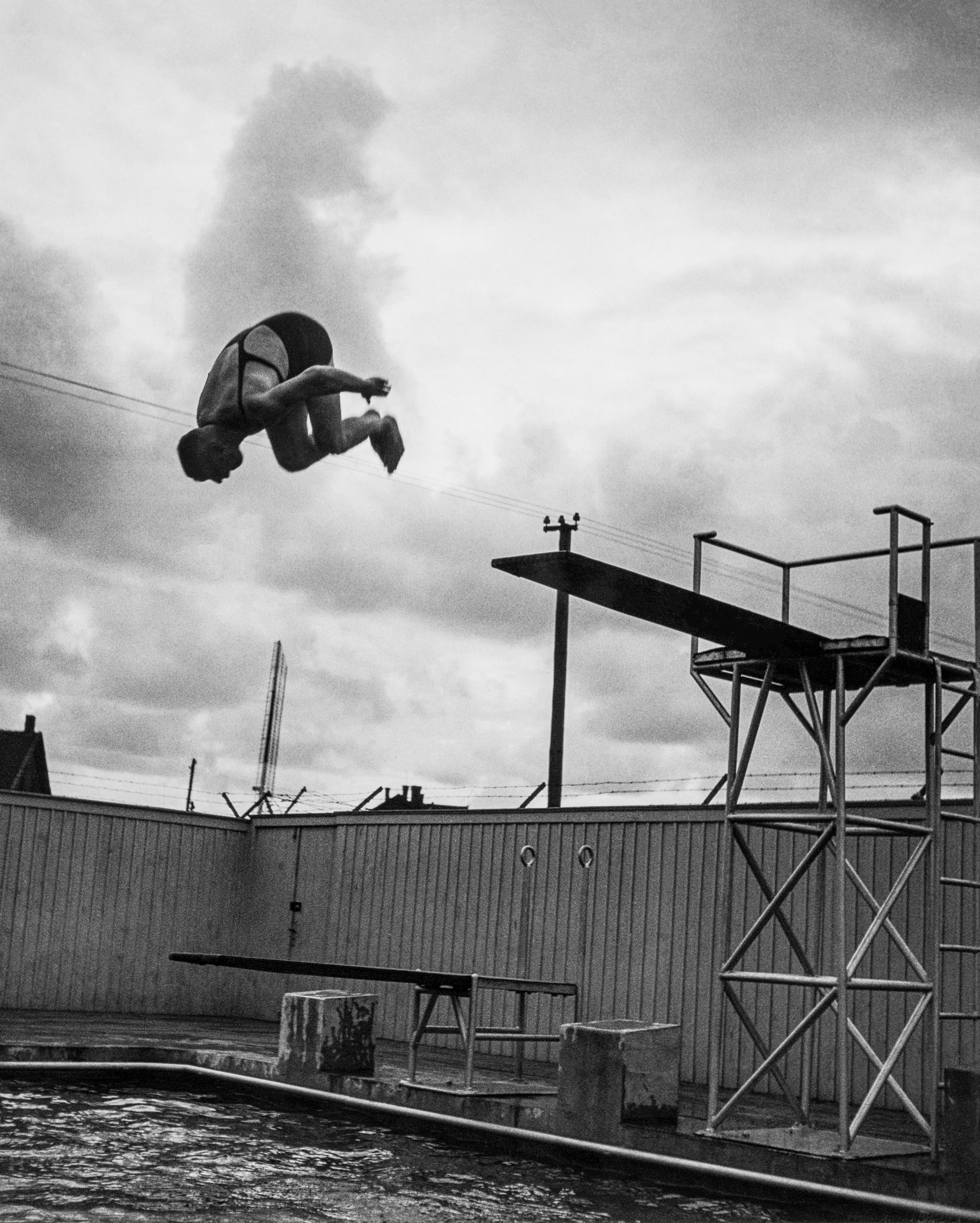

To coincide with her 130th birthday, the LVR Industrial Museum at St. Antony-Hütte in Oberhausen is showing works by photographer Anne Winterer (1894-1938) for the first time. The exhibition "Anne Winterer - Rhineland and Ruhr region in view. Photography of the 1920s and 1930s" takes visitors on a journey into past living environments on the Rhine and Ruhr with over 60 photographs and provides a first approach to the work of the photographer, who died young, with her special view of people and places.

Born in Constance, Anne Winterer came to Düsseldorf in 1915 to work as a photographer in renowned studios. In 1925, together with Erna Wagner-Hehmke (1905-1992), she founded the "Lichtbildwerkstatt Hehmke-Winterer", which the two women ran together for ten years. In addition to classic portraits in front of the studio backdrop, they also worked outside the studio for journalistic and documentary photography. During this time, they created various photo series with a wide range of motifs. They show people and industry in the Ruhr region, landscapes on the Lower Rhine, but also everyday life and free time in the 1920s and 1930s. Anne Winterer left Düsseldorf and their studio in 1935. Erna Wagner-Hehmke continued to run the photographic studio as sole proprietor under the name "Hehmke-Winterer" until the 1980s. Anne Winterer moved back to Lake Constance, where she published photographs under her own name from 1936.

Anne Winterer regularly produced extensive photo documentations on behalf of various industrial companies and publishers. A selection of industrial photographs, for example of the coal mine Cleverbank in Witten or the Gutehoffnungshütte (GHH) in Oberhausen, are representative of this important stock of images in the photographer's work. The photographs literally take you on a tour of the factories: exterior shots of the site and individual factory buildings demonstrate the monumentality of the industrial plants, while shots of the interior depict specific work processes and show the physical labour in the dim light of the mine as well as the glowing embers of the iron and steel industry. Winterer always got close to the people and captured moments outside the industrial plant, such as the "pigeon father", the apprentice boy on the ladder watering flowers or the young couple in front of an industrial plant. Other photographs from her photographic workshop, which are not part of the LVR Industrial Museum's collection, were used for Nazi propaganda purposes. Her political stance during the Nazi era has not yet been fully clarified.

The fact that women were commissioned to photograph smelting furnaces, machinery and mines initially seems unusual, as industrial photography is widely regarded as a "male domain". Anne Winterer's studio partner, Erna Wagner Hehmke, later recalled what they had to put up with to get good pictures. She told of a "narrow running board over a blast furnace" or "a 27 metre high free-standing fire ladder", which she climbed up to take freehand photographs from there.
As the demand for pictures for the illustrated press increased significantly in the 1920s, the demand for industrial photographs for company magazines and other press products grew exponentially. This also opened up opportunities for women to establish themselves in this professional field. In addition to the well-known representatives of industrial photography such as Albert Renger Patzsch, Heinrich Hauser and Josef Stoffels, whose photographs have literally burnt themselves into the cultural memory of the Ruhr region, Anne Winterer, Erna Wagner Hehmke and Ruth Hallensleben also became important chroniclers of the Ruhr region.

As early as the beginning of the 20th century, the profession of photographer became a kind of fashionable profession. Women photographers like Anne Winterer were committed, self-confident and courageous. They ran their own studios, presented their work in exhibitions, published their photographs in the illustrated press and passed on their knowledge as teachers. Although they were well-known and visible in their day, they hardly feature in the history of photography. They were formally 'faded out' or assigned the status of an exception.

Anne Winterer, who mostly photographed with the twin-lens Rolleiflex 6 x 6 cm, regularly travelled from Düsseldorf to the Eifel and the Lower Rhine, where she photographed mills and rural life with her camera. People in their various everyday situations were also among Winterer's favourite subjects. She also captured life outside the factory premises with her camera, as in the series of pictures of the funfair on the Oberkassel Rhine meadow with its attractions - a rocket ride to the moon, legs dangling in the air on a chain carousel ride or the stand with waffles and gingerbread hearts. Another series of pictures shows beaming children's eyes during the St Martin's procession through Düsseldorf's Old Town. The children proudly present their shining lanterns in front of the photographer's lens.
The exhibition "Anne Winterer - Rhineland and ruhr region in view" gives an insight into the photographer's work for the first time, with around 900 photographs and documents in the collection of the LVR Industrial Museum. In addition to the photographs, some of Winterer's few surviving personal documents are also on display. The exhibition is an approximation and visualisation of the photographic life's work of the once well-known and recognised photographer. At the same time, Anne Winterer's photographs are remarkable testimonies to past life on the Rhine and Ruhr.
An accompanying publication for the exhibition can be bought in the museum shop.
Photo 1: Couple in front of industrial plant, location unknown, 1920s/1930s, photo: Anne Winterer, © LVR-Industriemuseum
Photo 2: Every hit wins, location unknown, 1920s/1930s, photo: Anne Winterer, © LVR-Industriemuseum
Photo 3: Good hope hut, location unknown, 1920s/1930s, photo: Anne Winterer, © LVR-Industriemuseum
Photo 4: Slag tapping at the Thomasbirne, location unknown, 1920s/1930s, photo: Anne Winterer, © LVR-Industriemuseum
Photo 5: A special treat at the funfair, Düsseldorf-Oberkassel, 1920s/1930s, photo: Anne Winterer, © LVR-Industriemuseum
Photo 6: Salto, location unknown, 1920s/1930s, photo: Anne Winterer, © LVR-Industriemuseum
Tickets for the exhibition are available in advance from our ticket shop. Please remember to bring your ticket printed out or on your mobile phone if you have booked it online.
28.6.24 - 22.6.25
Tuesday to Friday 10 a.m. - 5 p.m., Saturday and Sunday 11 a.m. - 6 p.m.
Combined ticket for permanent and special exhibition: €6
Reduced combined ticket: € 5 (students, trainees, people doing federal voluntary service, people with severe disabilities, recipients of benefits SGB II and SGB XII)
Combined ticket for groups of 10 or more: €5.50 per person
Children and young people (up to 18 years): Free admission
kulturinfo rheinland
Tel.: 02234/9921-555 (Mon - Fri 8 am - 6 pm; Sat, Sun and public holidays 10 am - 3 pm)
E-mail: info@kulturinfo-rheinland.de
LVR Industrial Museum
St. Antony Ironworks
Antoniestrasse 32-34
46119 Oberhausen